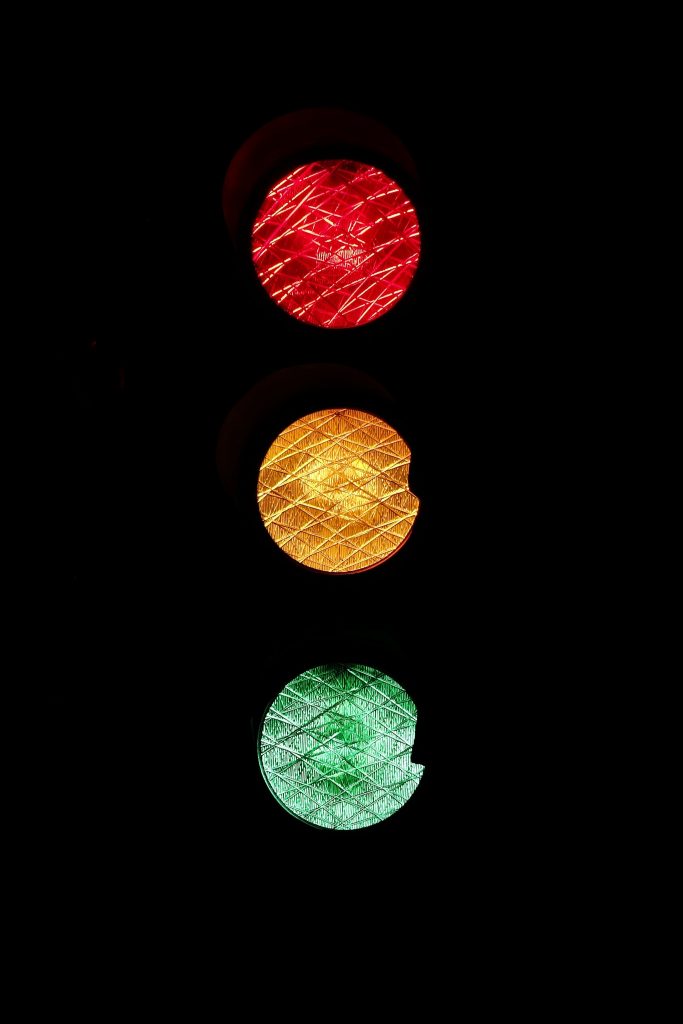The uptick rule stops the short selling of a stock in a sharp downtrend by restricting the ability to sell when a stock is going down in price and only allowing new short selling as a stock is going up in price. To follow the rule a new short sell can only occur at a price that is higher than the last price a stock traded at.
The uptick rule is intended to stop or slow down a price drop by relieving the short selling pressure on a stock, index, or exchange traded fund in the stock market during a strong downtrend. A new short sell can only happen on an uptick in price so short sellers can not pile on a stock creating more and more selling pressure to drive it lower, they have to wait for a bounce back in price first.
The U.S. Securities and Exchange Commission (SEC) first implemented the uptick rule in 1938. It was implemented after a study was completed on the effects of relentless short selling happening during the market plunge of 1937. Joseph P. Kennedy, Sr. was SEC commissioner when this rule was first introduced.
The need for the uptick rule was explained in 1978: “It was not unusual [prior to 1934] to discover groups of speculators pooling their capital and selling short for the sole purpose of driving down the stock price of a particular security to a level where the stockholders would panic and unload their fully owned shares. This, in turn, caused even greater declines in value.” (Pessin, Alfred (1978). Fundamentals of the Securities Industry. New York Institute of Finance).
The Nasdaq implemented their own short sale rule based on the last bid rather than on the last reported sale in 1994.
The SEC defines the uptick rule as: “Rule 10a-1(a)(1) provided that, subject to certain exceptions, a listed security may be sold short (A) at a price above the price at which the immediately preceding sale was effected (plus tick), or (B) at the last sale price if it is higher than the last different price (zero-plus tick). Short sales were not permitted on minus ticks or zero-minus ticks, subject to narrow exceptions.”
The uptick rule was first implemented in 1938 but was repealed in 2007. The uptick rule ended when Rule 201 Regulation SHO went into place in 2007.However the uptick rule tried to be reintroduced in 2009 but a modified version of the rule was adopted instead 2010. The 2010 alternative uptick Rule 201 lets traders exit their long positions before short selling can happen. This rule is triggered when the price of a stock drops a minimum of -10% on a single day. After that, short selling on the stock is allowed again when the price of the equity is higher than the best current bid.
The primary reason given for the removal of the uptick rule was that it: “Modestly reduced liquidity and did not appear necessary to prevent manipulation.”
The primary reason for the uptick rule is simply to relieve some selling pressure off a stock under extreme selling pressure.
